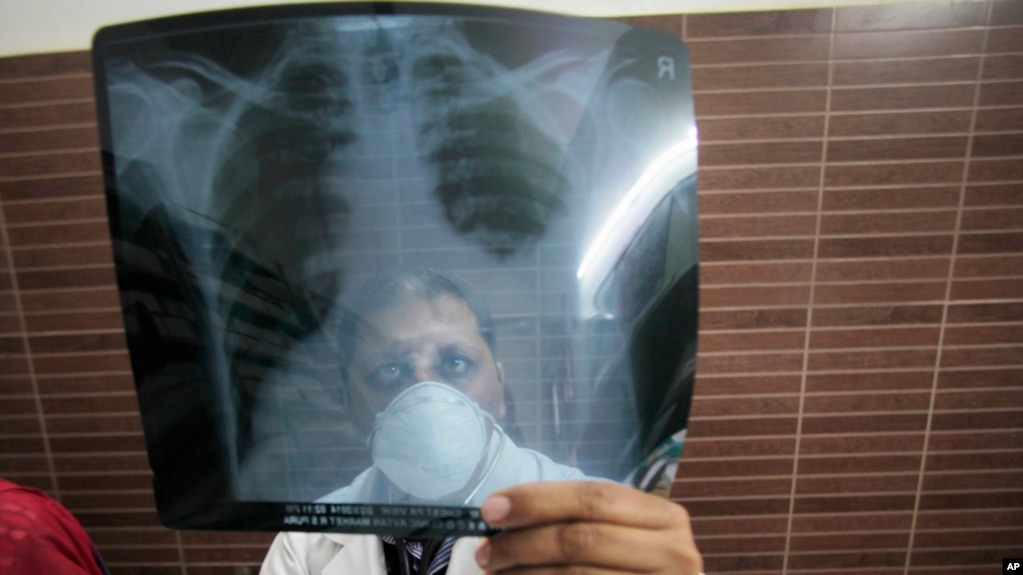MindWars
Diamond Member
- Oct 14, 2016
- 42,227
- 10,777
- 2,040
- Banned
- #1
Cattle in South Dakota has been diagnosed with a form of tuberculosis that is a chronic bacterial disease found to impact cattle that occasionally affects other species of mammals and can spread to humans! According to a report from a local affiliate, A Harding County, South Dakota, ranch is currently under quarantine after three cows on the ranch were found to be infected with bovine tuberculosis. “All fenceline neighbors are under quarantine at this time, too”, said South Dakota state veterinarian Dr. Dustin Oedekoven.
Cattle In South Dakota Infected with Bovine Tuberculosis
-------------------------------------------------------------------------------
Keep racking up these diseases sooner or later we will see a plaque oh wait we've been having those too. It's just half the country has no fkn clue because their trusty msm hasn't said anything yet.
As long as it can covered up quick that's all that matters.
Cattle In South Dakota Infected with Bovine Tuberculosis
-------------------------------------------------------------------------------
Keep racking up these diseases sooner or later we will see a plaque oh wait we've been having those too. It's just half the country has no fkn clue because their trusty msm hasn't said anything yet.
As long as it can covered up quick that's all that matters.





